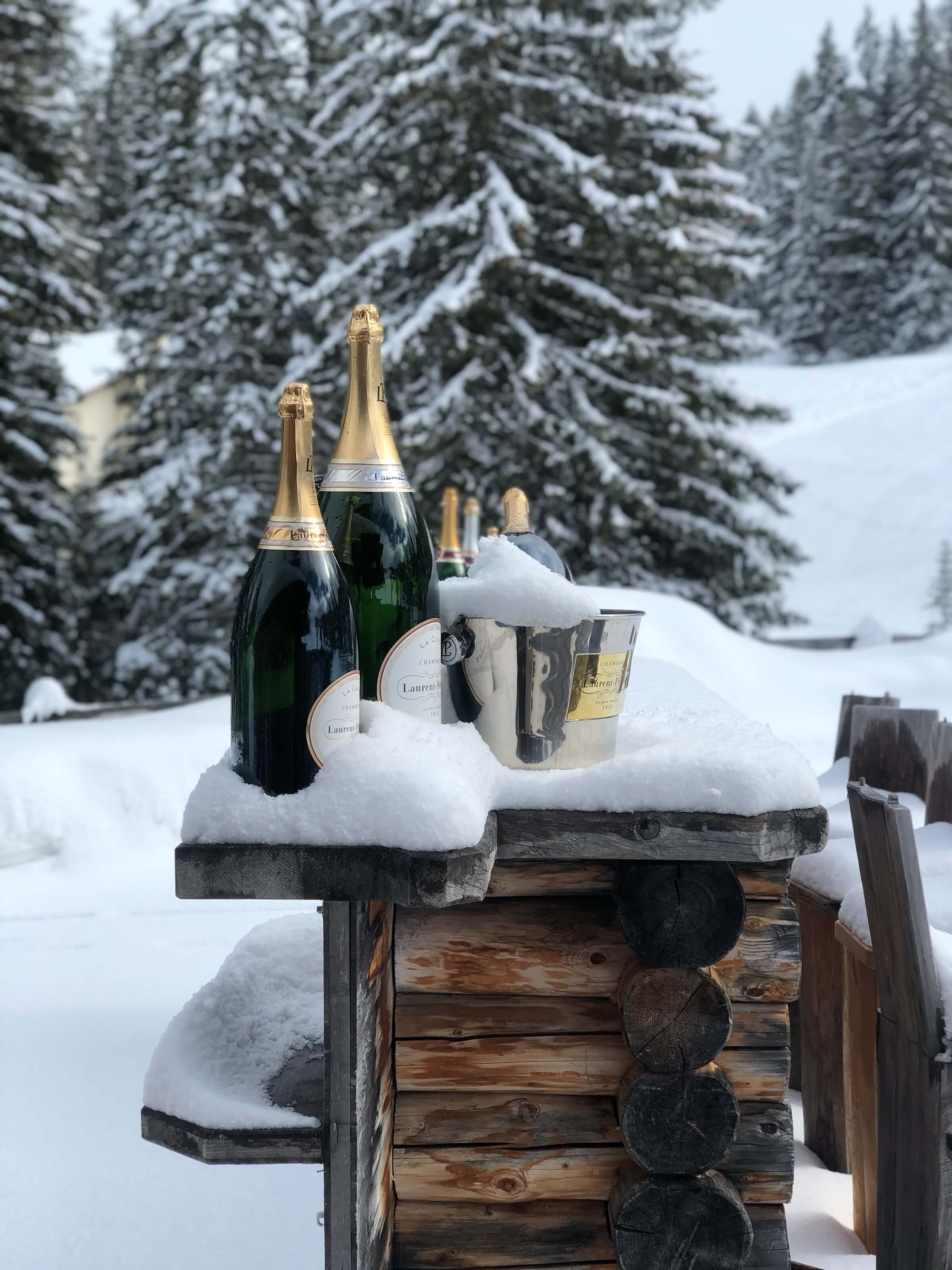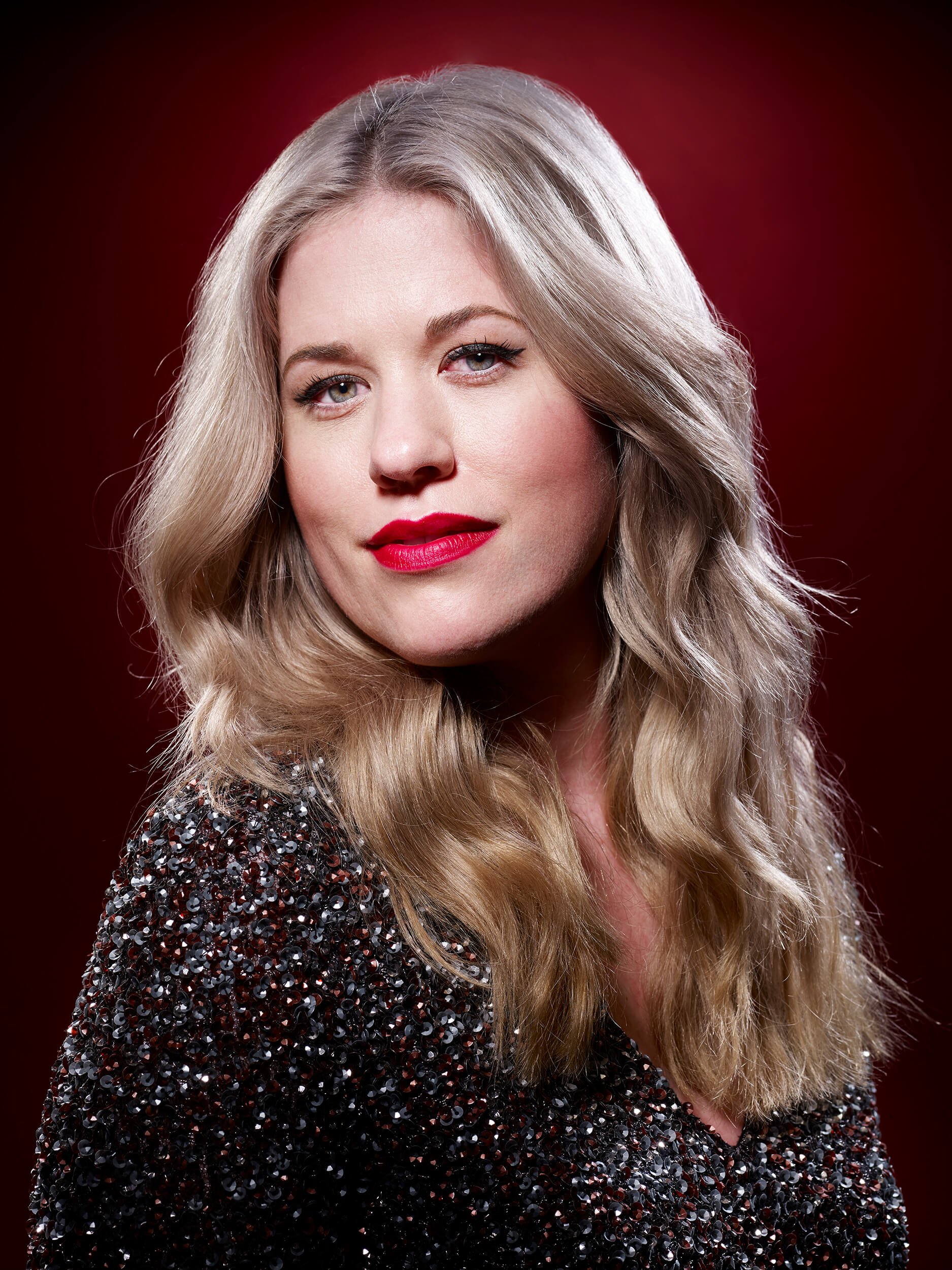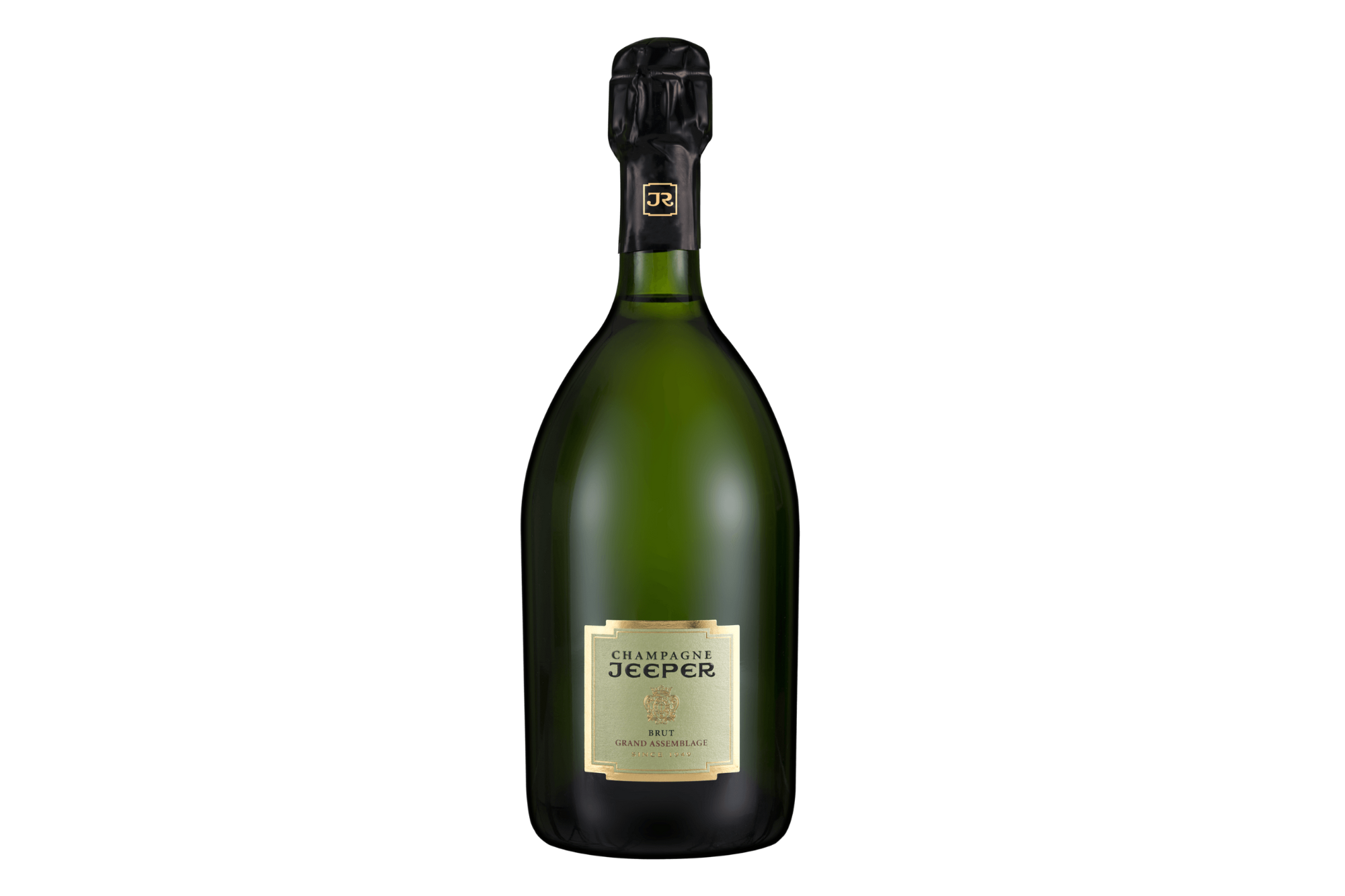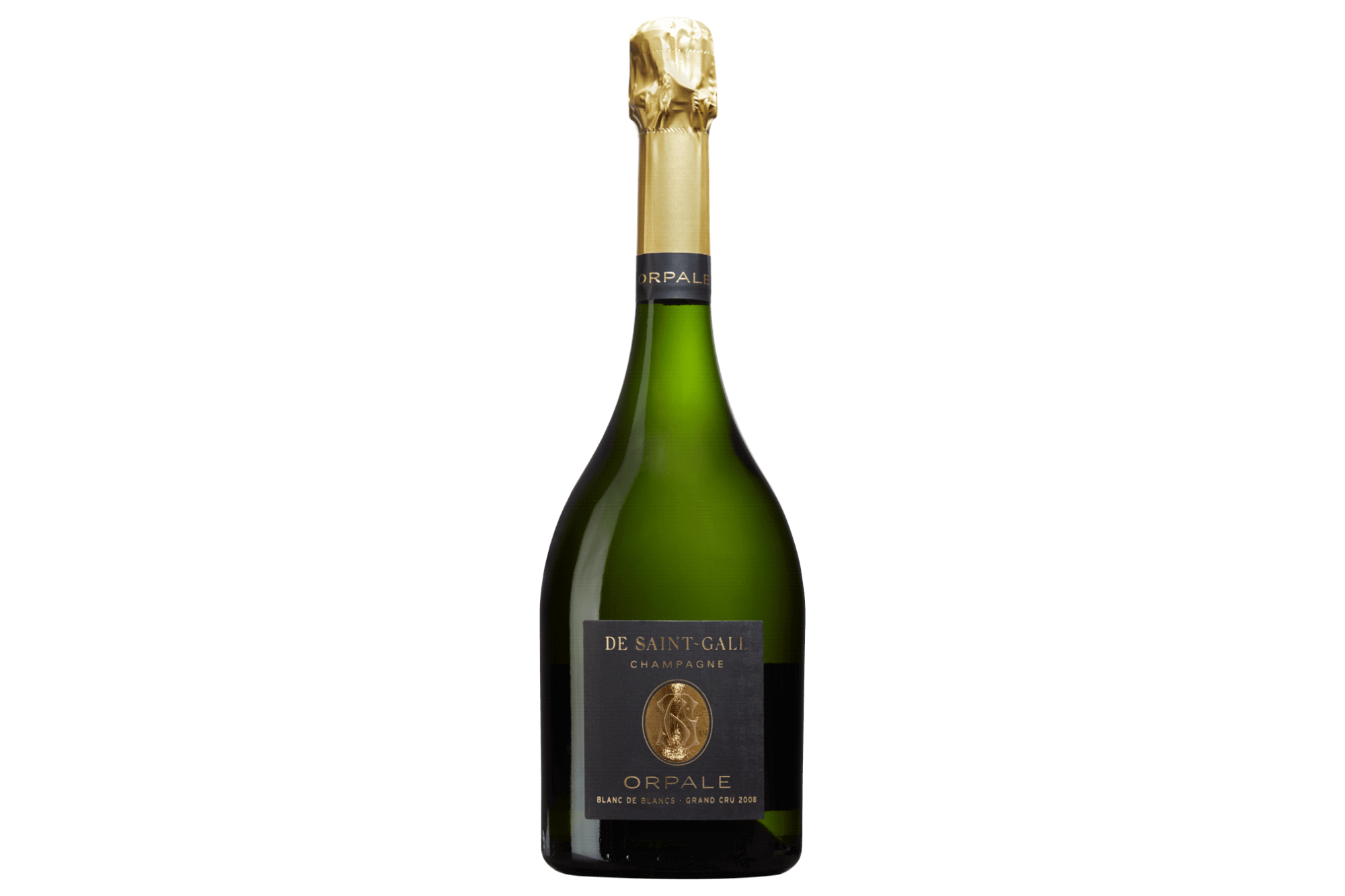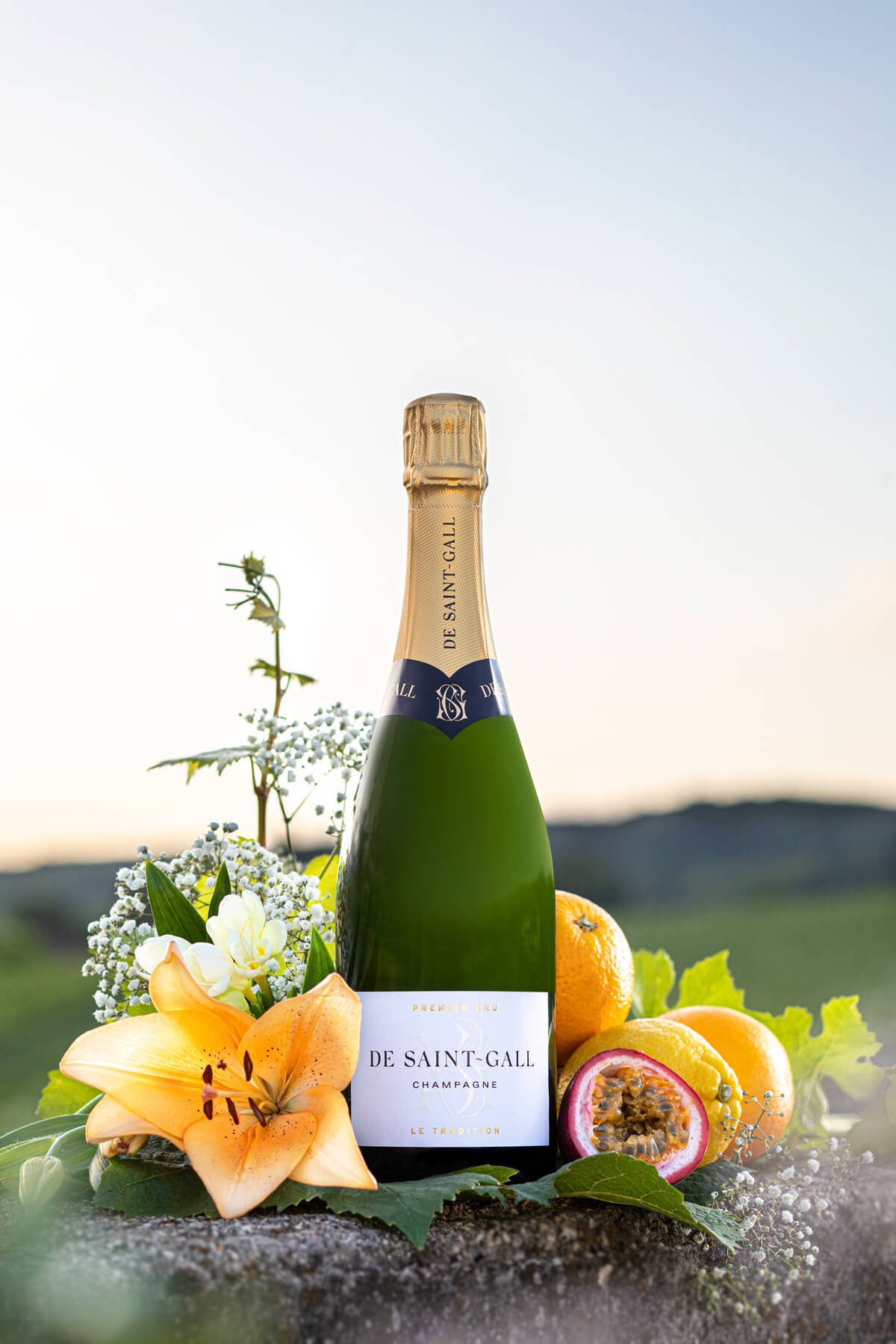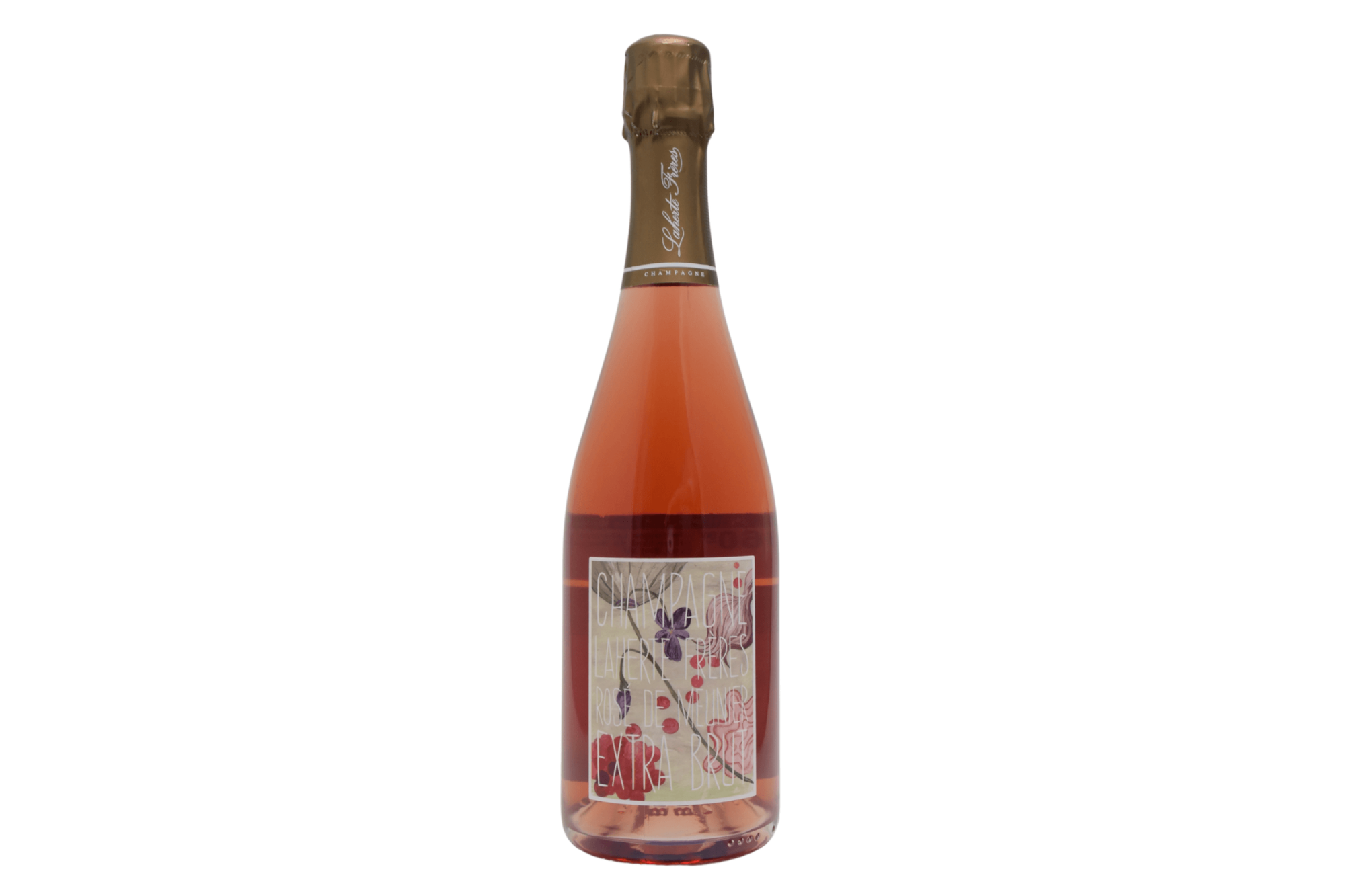Yes, There is Such a Thing as “Cold-Weather Champagne”
Bubbly based on red grapes, oxidative styles, older vintages and saignée rose: these are the bottles to hunker down with until the weather turns warmer.
It may technically be spring, but it’s still pretty chilly. And while you can wear short sleeves and sandals in protest, it’s not quite as enjoyable in near-freezing temperatures, is it? It’s the same with the bubbly in your glass. Light, citrusy, refreshing styles just don’t hit the same way in the first quarter of the year that they do in Q3. And while Champagne is absolutely in style anytime, there are some bottles that are just more à la mode right now.
Champagne Styles to Consider
Angela Sauvé
Each Champagne house has a dominant style, according to Angela Sauvé, director of education at Moët Hennessy, the wine and spirits division of LVMH. “‘Fresh’ house styles are often bright, floral and fruity, [while] ‘rich’ house styles offer the experience of freshly-toasted bread, nutty flavors and vanilla, caramel or truffle,” she points out. Of course, while you can always drink what you like, she says that the latter style makes for a more apropos tasting experience during the cooler months.
The addition of reserve wines—those held back from previous vintages and added in smaller amounts—can boost the complexity and mouthfeel of some richer Champagnes, she says, as can extended oak aging on the lees. And the makeup of grape varieties also influences the style of the bubbly. “Colder weather makes us crave bold and robust red wines, so look for Champagnes that are predominantly blended with pinot noir or pinot meunier grapes.” One widely-available bottle that ticks off all of these boxes is Champagne Veuve Clicquot Brut Yellow Label. Blended with 30-45% of reserve wines from up to 60 different crus, it’s made with at least 50% pinot noir (and around 20% pinot meunier) and aged at least three years.
The saignée method
Natalie Tapken Courtesy of Bluepoint Hospitality
Natalie Tapken, sommelier and wine and beverage director for Bluepoint Hospitality Group in Easton, Maryland, agrees with turning to pinot noir- and pinot meunier-dominant Champagnes this time of year, which offer fuller body and aromas of dark red fruits. Notes of Asian pear and toastiness come through on the Champagne Egly-Ouriet Blanc de Noirs, she says, which ends with apple caramel and nuts. Champagne Laherte Frères Extra Brut Rosé de Meunier comes from old vines and touts dark berries, with hints of spice and citrus and a cranberry finish.
Speaking of rose, Tapken points out that extra skin contact from the saignée method (the removal or “bleeding off” some juice from crushed red grapes) adds darker color and more intense flavor to these bottles--so they can be a perfect alternative to a big, bold red wine on a night by the fire. “The wines are more textured and have explosive aromas,” she says. “My favorite is the saignée from Champagne Pierre Gerbais in the Aube, which is lightly smoky, full of citrus and ends on a savory note—all the things I love about winter.” It’s also a perfect match for a dry-aged steak, as the tannins and minerality match the savory element, while the acidity slices through the marbling.
White for Winter Weather
But Champagne fans don’t have to stick to red grape-based bubbly when the temperature dips. Champagne Jeeper Grand Assemblage is produced with 60% chardonnay, with a percentage of those grapes undergoing two years of barrel aging. The cuvee is made with 32% reserve wines, spends four years on the lees and sees some malolactic fermentation—and it squashes the perception that richer styles of Champagne must be rooted in pinot noir, according to vice-president of sales Camille Cox. It’s a great pairing for the slow-cooked, rich dishes we’re enjoying right now, she says, like duck confit, whose flavors would get lost if served with a lighter style.
“Champagnes made from wine that has been fermented and aged in oak, and then blended with a generous percentage of oak-stored reserve wine, really come alive when we hit the colder temperatures,” she says. “This more oxidative style develops more exciting aromas and flavors and develops a richer, more full-bodied texture.” Add extended time aging on the lees and that yeastiness is integrated, along with hints of almonds and hazelnuts.
Champagnes for the colder seasons should have more body and expression, according to Cédric Jacopin, chef de caves for Champagne de Saint-Gall, a new addition to the U.S. market. “We look for aromas of aging such as toast, spices and dried fruit, and a smooth, rich and powerful mouthfeel with moderate acidity,” he says. “The finish should be persistent and recall the aroma: in short, a generous and warm wine.”
Champagne de Saint-Gall “Le Tradition” Premier Cru is a blend of 64% chardonnay and 36% pinot noir; Jacopin believes the balance of the blend makes it a rich cuvée that matches with seasonal dishes like braised or roasted chicken or veal as well as mushrooms and butternut squash. The 2002 Orpale Brut Blanc de Blancs Grand Cru, also perfectly encapsulates the profile of a winter Champagne, he says, as it comes from a powerful warm “solar” vintage, along with years including 2012 and 2015.
Elyse Lovenworth
About vintage champagne
Although vintage Champagne makes up less than 5% of total production, it stands the test of time, according to Elyse Lovenworth, lead sommelier at Sommsation, a wine experiential platform and marketplace. “It will have a supple mousse [in the glass and in the mouth] and notes of toasted almond and hazelnut, brioche and creme brulee,” she says. “It’s a more opulent and creamy weight and texture.”
Vintage bottles are known for their power and complexity, even more so when they are fermented or aged in oak. “The wood adds a creaminess and richness that is wonderful in winter, Krug and Bollinger are masters of this style,” says Tapken. At The Stewart, she features the Champagne Billecart-Salmon Brut Sous Bois, entirely vinified in oak, with a rich texture and elements of toasted brioche and dried citrus.
In the end, it’s all about the synergy between the thermometer and the epicurean experience we’re seeking, believes Sauve. “The ideal cold-weather Champagne will tickle your palate with delicate pin prick bubbles, an expansive mouthfeel and a delightfully long finish that begs for another sip.”
Bottles to Try
Jeeper Grand Assemblage ($65)
A blend of 60% chardonnay, 25% pinot noir and 15% pinot meunier and aged on the lees four years, this Champagne “shows the power and flexibility of the variety,” says Cox. Stone fruit notes and a creamy mouthfeel are joined by a lively mousse and lingering finish.
2008 Champagne de Saint Gall Orpale Brut Blanc de Blancs Grand Cru ($130)
The most complex wine in the house’s portfolio, the 100% chardonnay wine is made by a unique process in which a portion of the grapes do not undergo malolactic fermentation, to retain freshness and minerality. Complex aromas are followed by an intense palate and a long finish.
Champagne de Saint Gall Brut “Le Tradition” Premier Cru ($40)
A blend of 64% chardonnay and 36% pinot noir, this Champagne has a golden color and the glass and is expressive and refined on the palate, with a hint of the varietal flavor coming through.
Champagne Laherte Frères Rosé de Meunier Extra Brut ($50)
100% pinot meunier grapes (half from reserve wines) go into this Champagne. Rich yet focused, it has notes of tart cranberry, spice, orange peel, with a mineral-driven finish.
Champagne Billecart-Salmon Brut Sous Bois ($85)
This unique cuvée composed of equal part chardonnay, pinot noir and pinot meunier is entirely vinified in oak, adding a complex aromatic character. It is aged on the lees for six to seven years, resulting in creamy toffee and grilled brioche notes.

